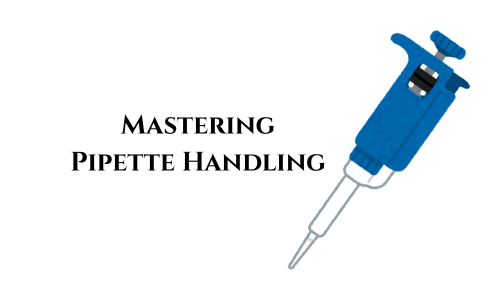Here are some common pipetting errors and practical solutions:
1. Maintain Vertical Alignment
Hold the pipette vertically during aspiration to ensure accurate volume measurement.
2. Optimal Immersion Depth
Immerse the pipette tip 2–3 mm below the liquid surface to prevent air intake and ensure precise aspiration.
3. Pre-Wet Pipette Tips
Aspirate and dispense the liquid several times before actual use to condition the tip and improve accuracy.
4. Consistent Speed and Pressure
Maintain a steady rhythm when aspirating and dispensing to reduce variability.
5. Use Appropriate Pipette Tips
Ensure tips fit properly to avoid leaks or inaccurate volumes.
6. Regular Calibration
Schedule periodic calibration of pipettes to maintain their accuracy over time.
7. Handle Viscous and Volatile Liquids Properly
Use reverse pipetting techniques and appropriate tips to handle viscous or volatile samples effectively.
8. Avoid Cross-Contamination
Change tips between different samples to prevent cross-contamination.
9. Store Pipettes Upright
Place pipettes in a stand when not in use to prevent contamination and maintain accuracy.
10. Take Regular Breaks
To prevent repetitive strain injuries, take short breaks during prolonged pipetting sessions.
Read also:
Resource Person: Abeer Kanan


